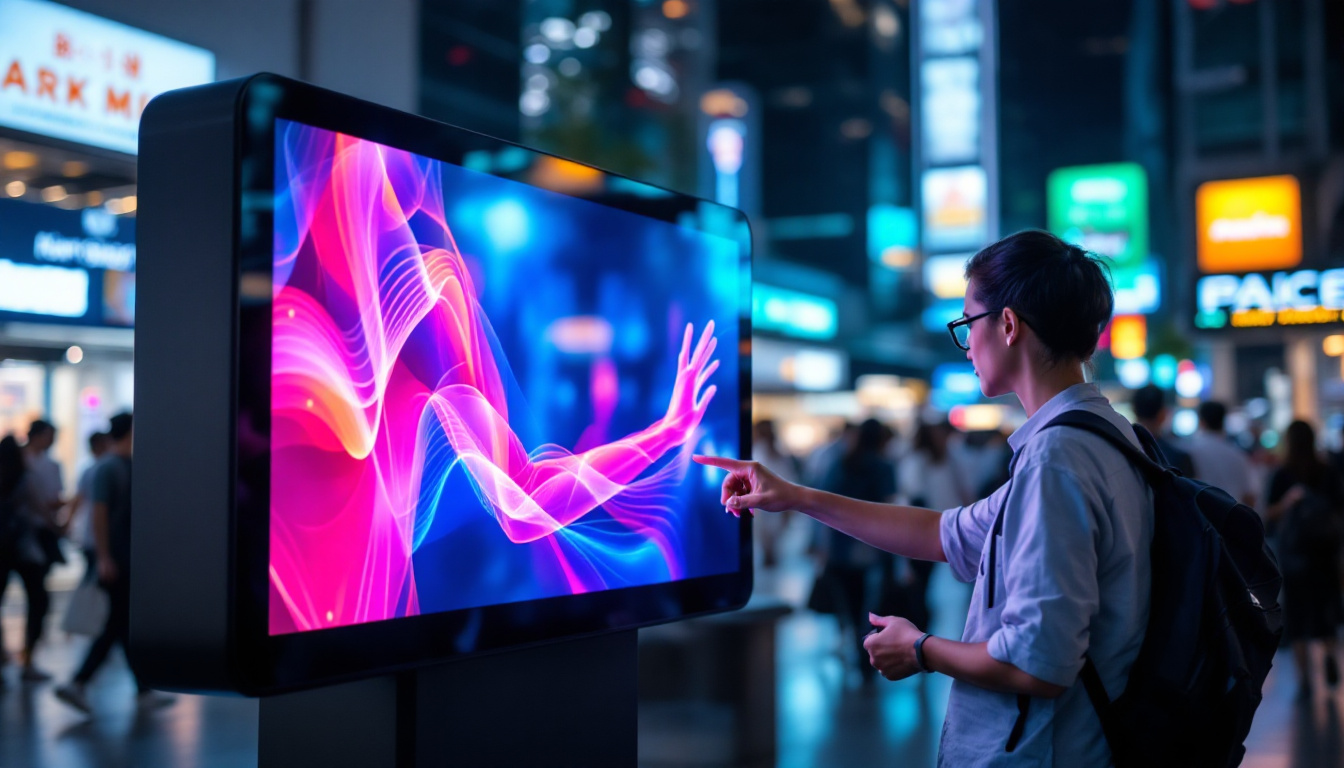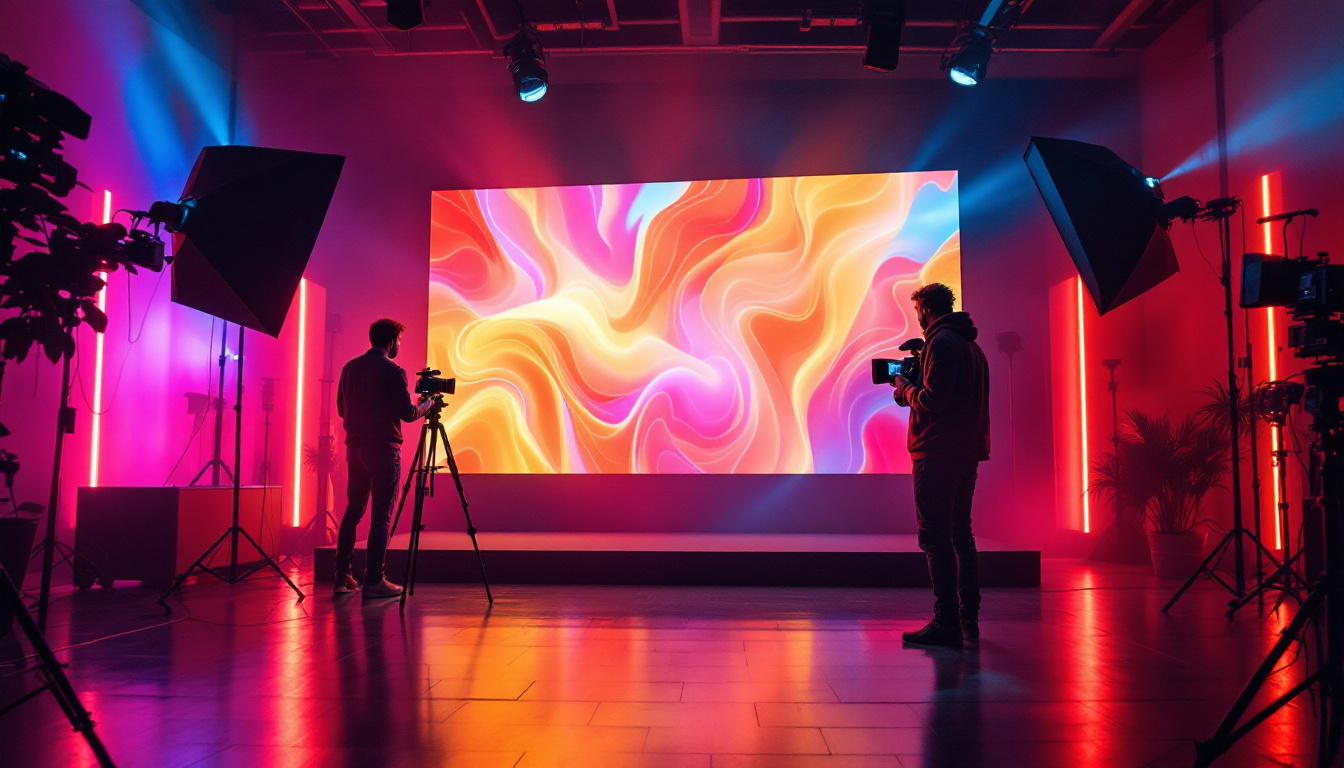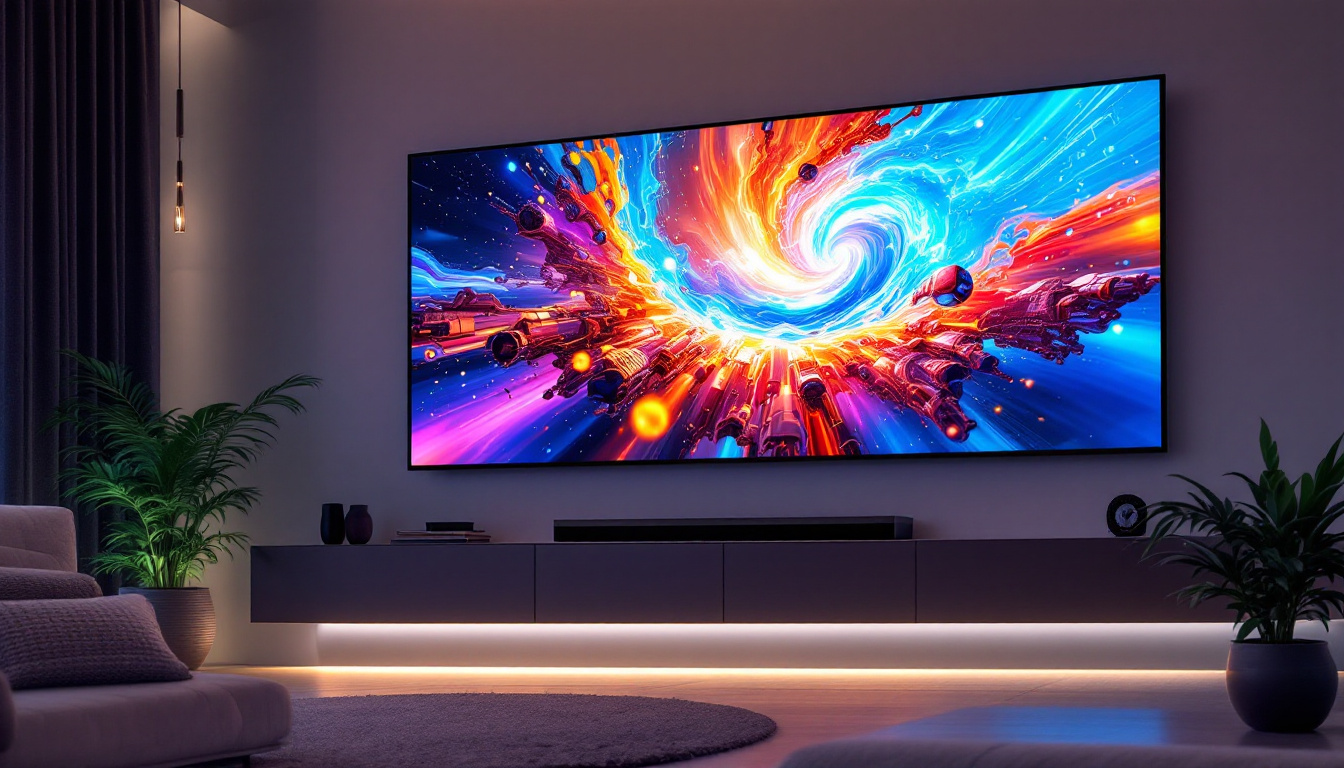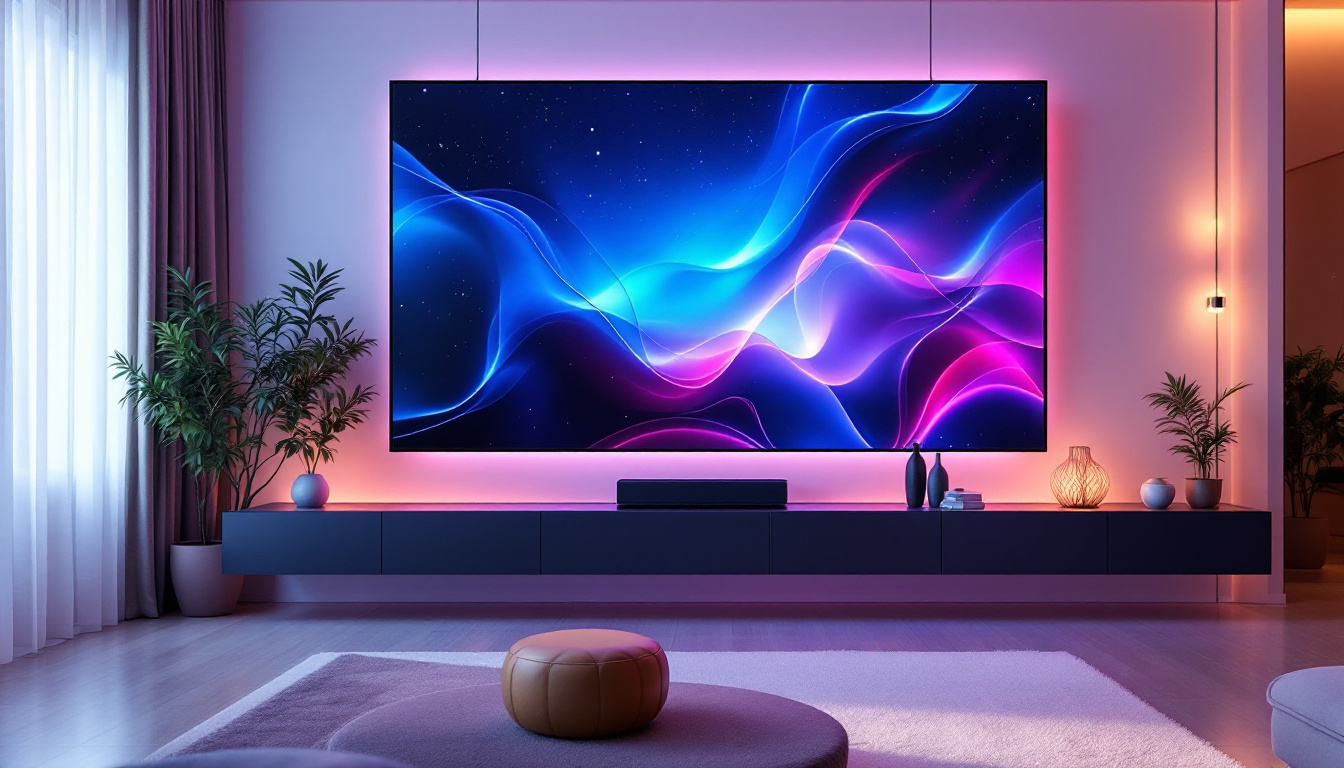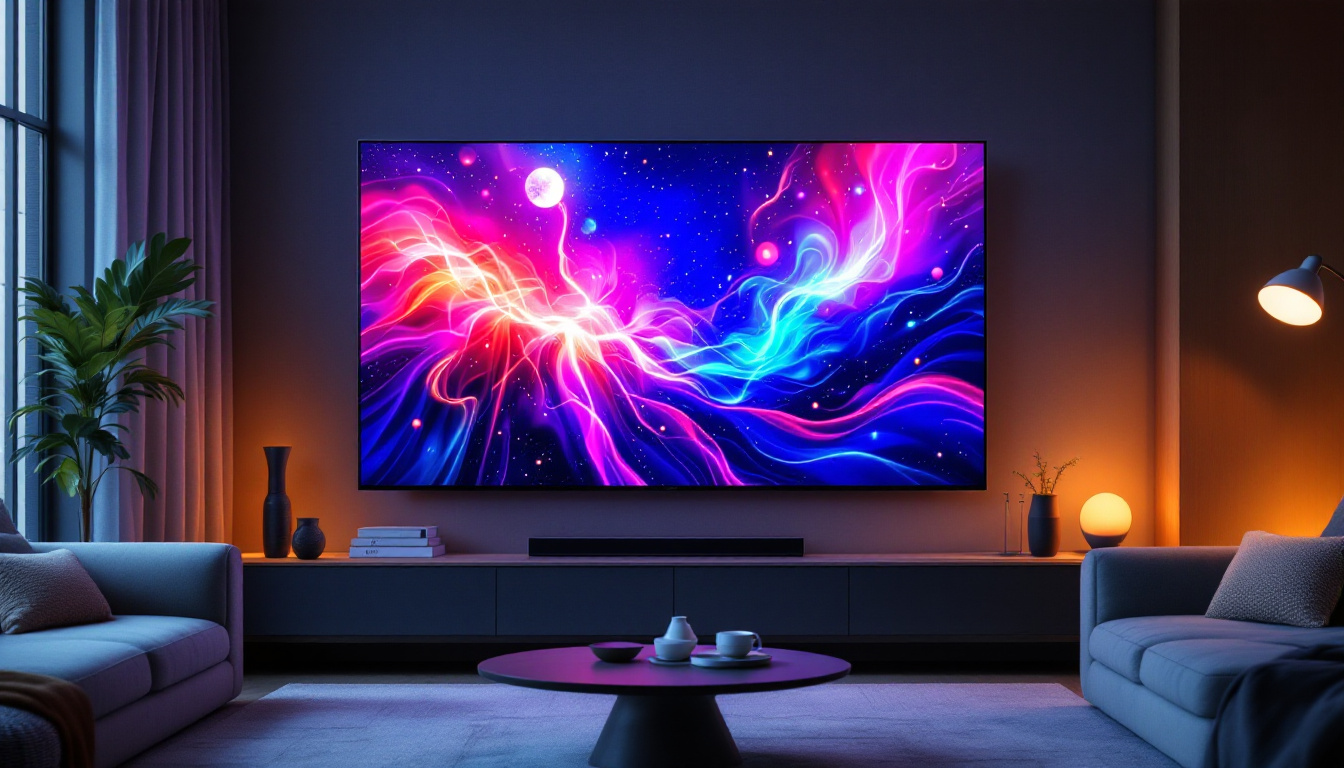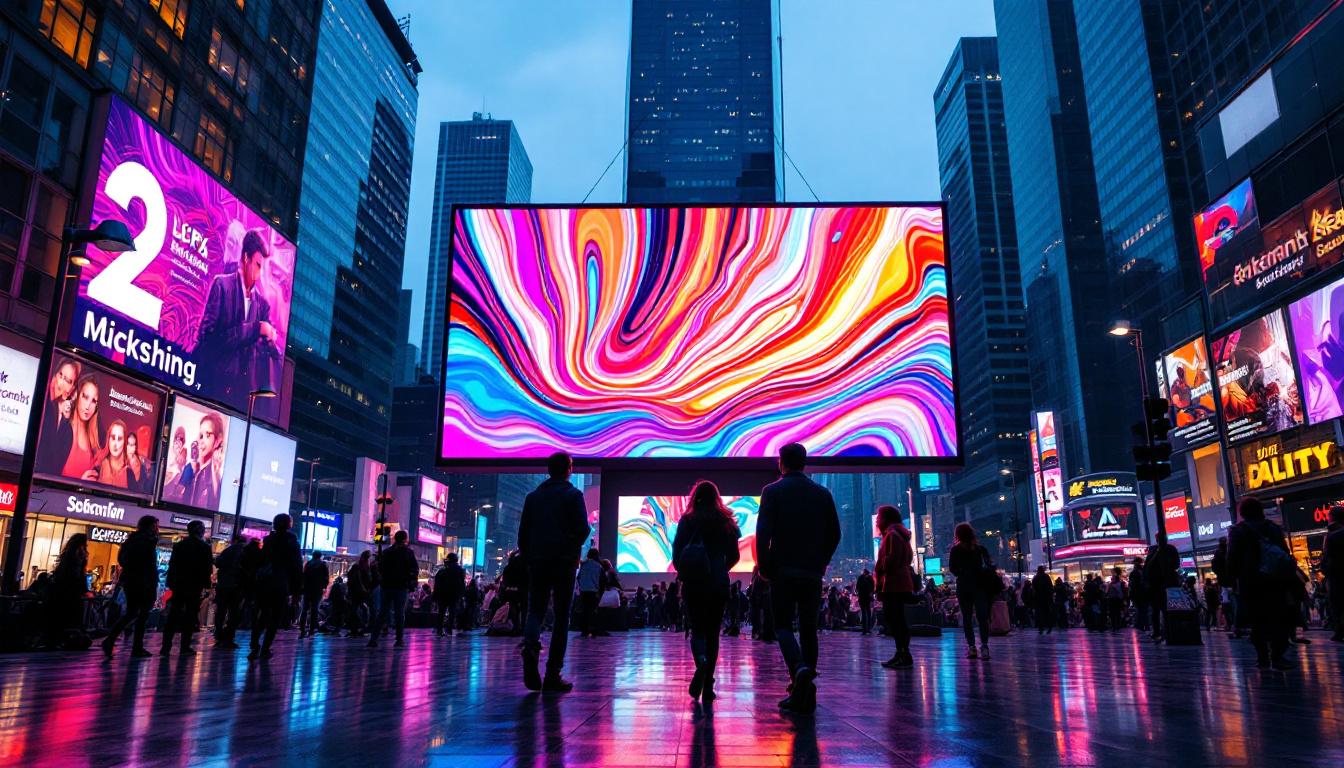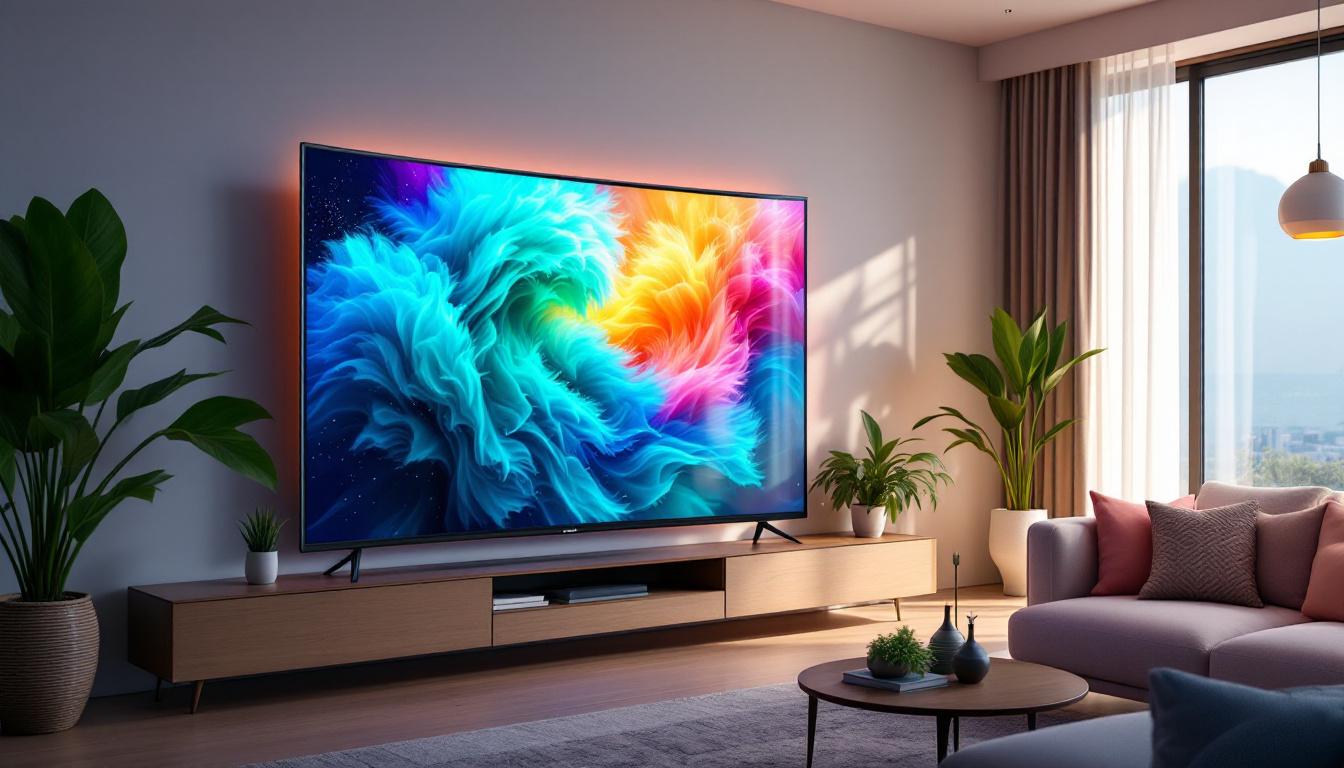In today’s fast-paced digital landscape, touch screen kiosks have emerged as a vital tool for businesses in Singapore. These interactive devices not only enhance customer engagement but also streamline operations across various sectors. At the heart of many of these kiosks lies the LED display, a technology that has transformed the way information is presented and consumed. This article delves into the intricacies of touch screen kiosks, focusing on the role of LED displays in enhancing user experience.
Understanding Touch Screen Kiosks
Touch screen kiosks are self-service terminals that allow users to interact with digital content through a touch-sensitive screen. They are widely used in various settings, including retail, hospitality, transportation, and healthcare. The primary purpose of these kiosks is to provide information, facilitate transactions, or offer services without the need for human intervention.
Key Features of Touch Screen Kiosks
Touch screen kiosks come equipped with a variety of features designed to enhance user interaction and improve operational efficiency. Some key features include:
- User-Friendly Interface: A well-designed interface ensures that users can navigate through options effortlessly.
- Customizable Content: Businesses can tailor the content displayed on the kiosk to meet specific needs or promotional campaigns.
- Real-Time Data Processing: Many kiosks are connected to databases, allowing them to provide real-time information and updates.
These features not only improve user satisfaction but also contribute to the overall effectiveness of the kiosk in achieving business objectives. Additionally, many kiosks are equipped with accessibility features, such as voice commands and adjustable screen heights, ensuring that they can be used by individuals with varying abilities. This commitment to inclusivity is becoming increasingly important as businesses strive to cater to a diverse customer base.
Applications of Touch Screen Kiosks
The versatility of touch screen kiosks allows them to be deployed in various industries. Here are some common applications:
- Retail: Kiosks can be used for product information, self-checkout, and loyalty program sign-ups.
- Healthcare: Patients can check in, access medical records, and schedule appointments through kiosks.
- Transportation: Airports and train stations utilize kiosks for ticketing, wayfinding, and information dissemination.
As businesses continue to explore innovative ways to engage customers, the use of touch screen kiosks is likely to expand further. In addition to these applications, kiosks are increasingly being integrated with advanced technologies such as artificial intelligence and machine learning. This integration allows for personalized user experiences, where kiosks can analyze user behavior and preferences to offer tailored recommendations or promotions. Furthermore, the rise of contactless technology has prompted many industries to adopt kiosks that allow for seamless transactions, enhancing both convenience and safety in a post-pandemic world.
The Role of LED Displays in Touch Screen Kiosks
LED (Light Emitting Diode) displays play a crucial role in the functionality and appeal of touch screen kiosks. They offer several advantages over traditional display technologies, making them an ideal choice for interactive applications.
Advantages of LED Displays
LED displays are known for their vibrant colors, high contrast ratios, and energy efficiency. Here are some advantages that make them suitable for touch screen kiosks:
- Brightness and Visibility: LED displays are exceptionally bright, ensuring visibility even in well-lit environments. This feature is particularly important in outdoor kiosks.
- Durability: LED technology is robust and can withstand harsh conditions, making it ideal for high-traffic areas.
- Low Power Consumption: Compared to traditional LCDs, LED displays consume less power, contributing to lower operational costs.
These advantages not only enhance the user experience but also make LED displays a cost-effective solution for businesses. Additionally, the longevity of LED technology means that businesses can expect a longer lifespan from their displays, reducing the frequency of replacements and maintenance. This reliability is especially beneficial in environments where kiosks are subject to heavy usage, as it minimizes downtime and ensures continuous service for customers.
Types of LED Displays Used in Kiosks
There are various types of LED displays utilized in touch screen kiosks, each serving different purposes. The most common types include:
- Standard LED Displays: These are widely used for general information and advertising purposes.
- Transparent LED Displays: These displays allow users to see through them while still presenting digital content, creating a unique visual effect.
- Curved LED Displays: Curved screens offer a more immersive experience, often used in high-end kiosks.
The choice of display type depends on the specific requirements of the kiosk and the intended user experience. For instance, transparent LED displays are particularly popular in retail environments where they can showcase products while simultaneously displaying promotional content, effectively merging the physical and digital shopping experiences. On the other hand, curved LED displays are often employed in environments that prioritize aesthetics and user engagement, such as museums or art galleries, where the design of the kiosk itself can enhance the overall experience. This versatility in display types allows businesses to tailor their kiosks to meet diverse needs and attract a wider audience.
Design Considerations for Touch Screen Kiosks
Designing an effective touch screen kiosk involves several considerations that can significantly impact user engagement and satisfaction. From the layout to the display technology, every element plays a crucial role.
User Interface Design
A well-thought-out user interface (UI) is essential for ensuring that users can navigate the kiosk easily. Key aspects of UI design include:
- Intuitive Navigation: Users should be able to find the information or service they need quickly.
- Visual Hierarchy: Important information should stand out, guiding users through the interface.
- Feedback Mechanisms: Providing visual or auditory feedback when a user interacts with the kiosk enhances the experience.
By focusing on these elements, businesses can create a user-friendly environment that encourages interaction and satisfaction.
Physical Design and Placement
The physical design and placement of the kiosk are equally important. Factors to consider include:
- Accessibility: Kiosks should be designed to accommodate users of all heights and abilities.
- Visibility: Placing kiosks in high-traffic areas ensures maximum exposure and usage.
- Durability: The materials used should withstand wear and tear, especially in public spaces.
Taking these factors into account can significantly enhance the effectiveness of touch screen kiosks in engaging users.
Maintenance and Support for Touch Screen Kiosks
Regular maintenance and support are crucial for ensuring the longevity and functionality of touch screen kiosks. Neglecting these aspects can lead to downtime and a poor user experience.
Routine Maintenance Practices
Implementing routine maintenance practices can help keep kiosks in optimal condition. Some recommended practices include:
- Cleaning: Regularly cleaning the screen and surrounding areas prevents dust and grime buildup.
- Software Updates: Keeping the software up to date ensures that the kiosk runs smoothly and securely.
- Hardware Checks: Periodic inspections of the hardware components can help identify potential issues before they escalate.
By adhering to these practices, businesses can minimize downtime and enhance the reliability of their kiosks.
Technical Support and Troubleshooting
Having a solid technical support system in place is essential for addressing any issues that may arise. Key components of an effective support system include:
- 24/7 Support: Providing round-the-clock support ensures that any problems can be addressed promptly.
- Remote Monitoring: Utilizing remote monitoring tools can help identify issues before they affect users.
- Training Staff: Ensuring that staff are trained to troubleshoot common issues can reduce reliance on external support.
A proactive approach to technical support can significantly enhance the user experience and operational efficiency of touch screen kiosks.
The Future of Touch Screen Kiosks in Singapore
The evolution of technology continues to shape the landscape of touch screen kiosks in Singapore. As businesses seek innovative solutions to enhance customer engagement, the future of these kiosks looks promising.
Integration with Emerging Technologies
Future touch screen kiosks are likely to integrate with emerging technologies, such as:
- Artificial Intelligence (AI): AI can enhance the user experience by providing personalized recommendations based on user behavior.
- Augmented Reality (AR): AR can create immersive experiences, allowing users to visualize products in real-time.
- Contactless Technology: The rise of contactless payments and interactions will likely influence kiosk design and functionality.
These integrations will not only improve user engagement but also streamline operations across various sectors.
Sustainability and Eco-Friendly Designs
As environmental concerns continue to grow, the demand for sustainable and eco-friendly kiosk designs is on the rise. Businesses are increasingly looking for ways to reduce their carbon footprint, which may include:
- Energy-Efficient Displays: Utilizing energy-efficient LED displays can significantly reduce power consumption.
- Recyclable Materials: Designing kiosks with recyclable materials can minimize environmental impact.
- Solar-Powered Kiosks: Integrating solar panels can provide a renewable energy source for outdoor kiosks.
By prioritizing sustainability, businesses can not only appeal to environmentally conscious consumers but also contribute positively to the planet.
Conclusion
Touch screen kiosks have become an integral part of the modern business landscape in Singapore, offering a myriad of benefits across various sectors. The role of LED displays in these kiosks cannot be overstated, as they enhance visibility, durability, and user engagement. As technology continues to evolve, the future of touch screen kiosks looks bright, with exciting innovations on the horizon. By focusing on user experience, maintenance, and sustainability, businesses can leverage these kiosks to drive growth and improve customer satisfaction.
Discover LumenMatrix’s Advanced LED Display Solutions
As you consider the future of touch screen kiosks and the dynamic role LED displays play in enhancing customer interactions, LumenMatrix stands at the forefront of this technological evolution. Our commitment to innovation is evident in our comprehensive range of LED display solutions, from Indoor and Outdoor LED Walls to specialized displays for vehicles, sports, and even customizable options. Embrace the power of visual communication with our LED displays that promise to captivate your audience and amplify your message. Check out LumenMatrix LED Display Solutions and take the first step towards transforming your business’s engagement strategy.

